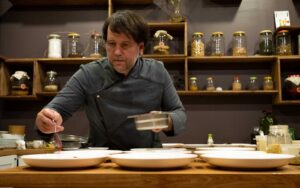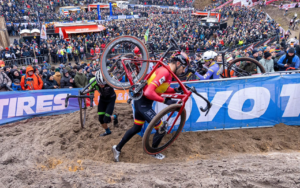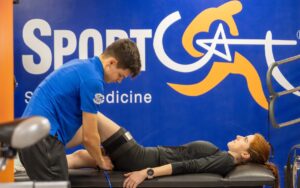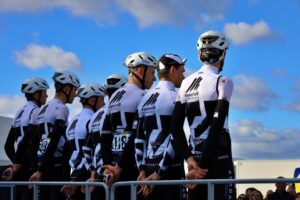Three to-dos to become a more environmental-friendly and self-reliant cyclist
As cyclists we surprise ourselves with our achievements. Necessity is the mother of invention, as they say, and the climate crisis is pushing lots of us to innovate. Not just on the bike, with kilometres ridden or metres climbed, but in what we can do around cycling.
The 21st century “there’s-an-app-for-that” economy wants us to believe we are dependent on companies for way more things than is true. Here are three things you can do yourself, or in community with fellow riders, to lower your environmental impact, whilst increasing your self-reliance, and general climate awesomeness:
Make your own ride food, bars and gels
It’s nowhere near as hard as you think, often doesn’t even involve cooking, and with a few of the ingredients below, sourced ethically and ecologically, you can home-make bars and gels. With the same nutrition, portability and user-friendliness as the commercial variety, these cost you less money, and the environment less energy, materials and waste. Oats, honey, nuts, seeds, maple syrup, berries or chocolate – you’ve probably got these at home already.
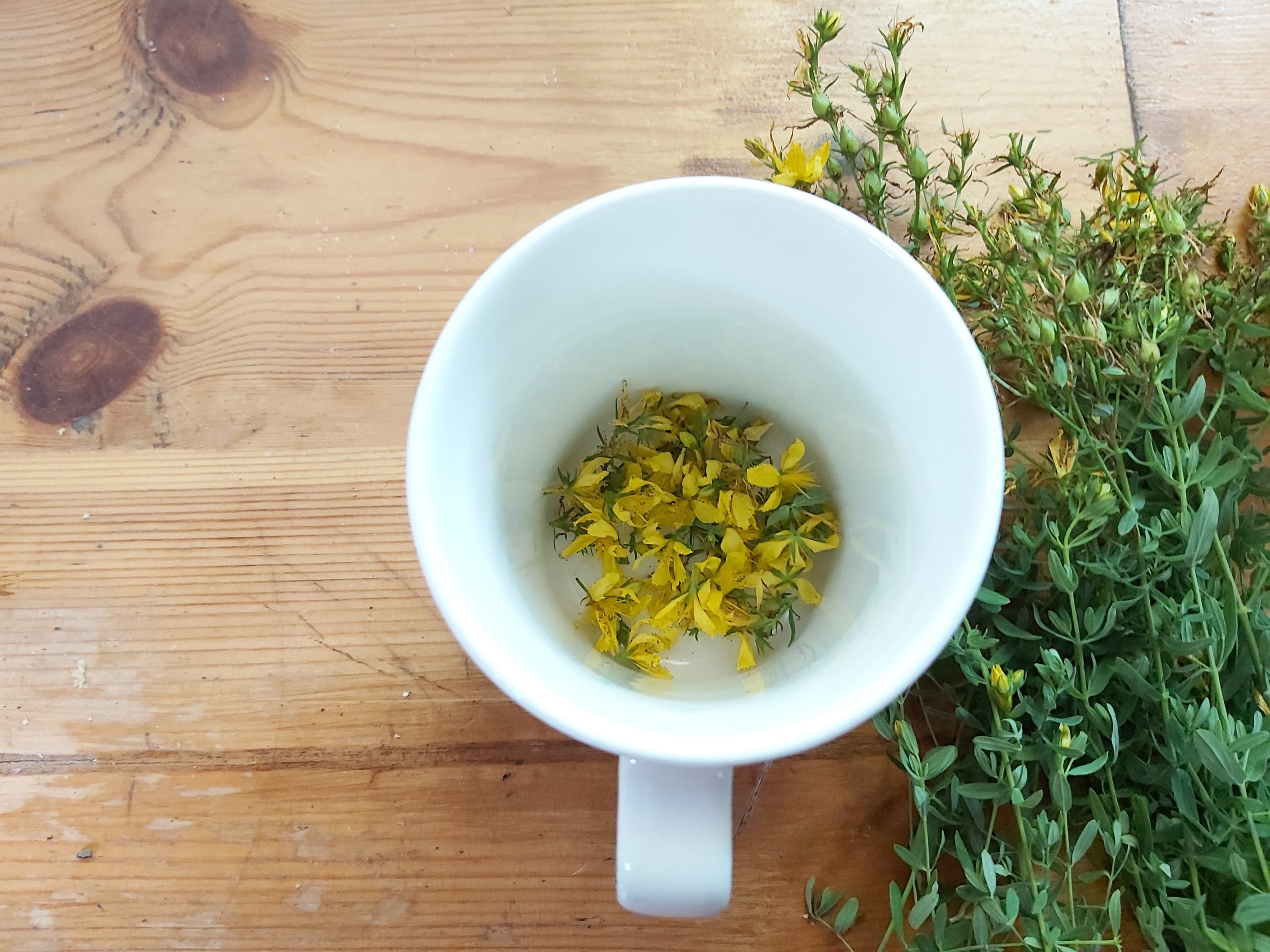
Make your own anti-muscle-ache massage oil
Products for pain relief haven’t always come from factories filled with white-coated scientists making synthesised molecules. Pain relief has come for plants for centuries longer! St John’s Wort (Hypericum Perforatum) is a super-common little yellow flower that grows all over the world, across many climates.
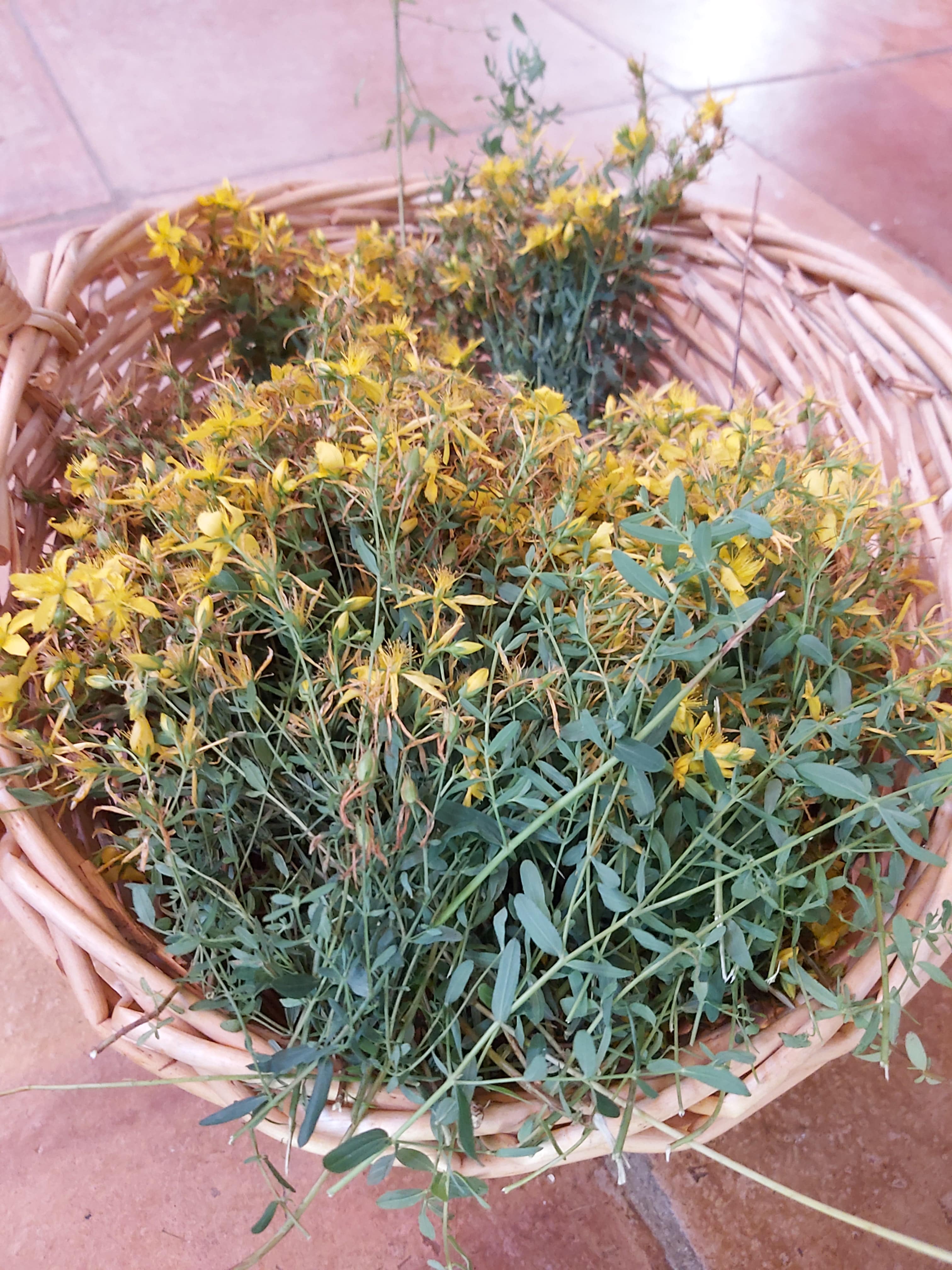
Grow your own carb-rich food fuel
Potatoes and strawberries can grow in bags, pots, or containers made from all sorts of stuff you have lying around. This is great for urban window-ledge or balcony growers, or non-gardeners. Look up ‘companion or biointensive planting’ patterns to discover fab spatial patterns and combinations which allow you to plant densely, in tiny spaces.
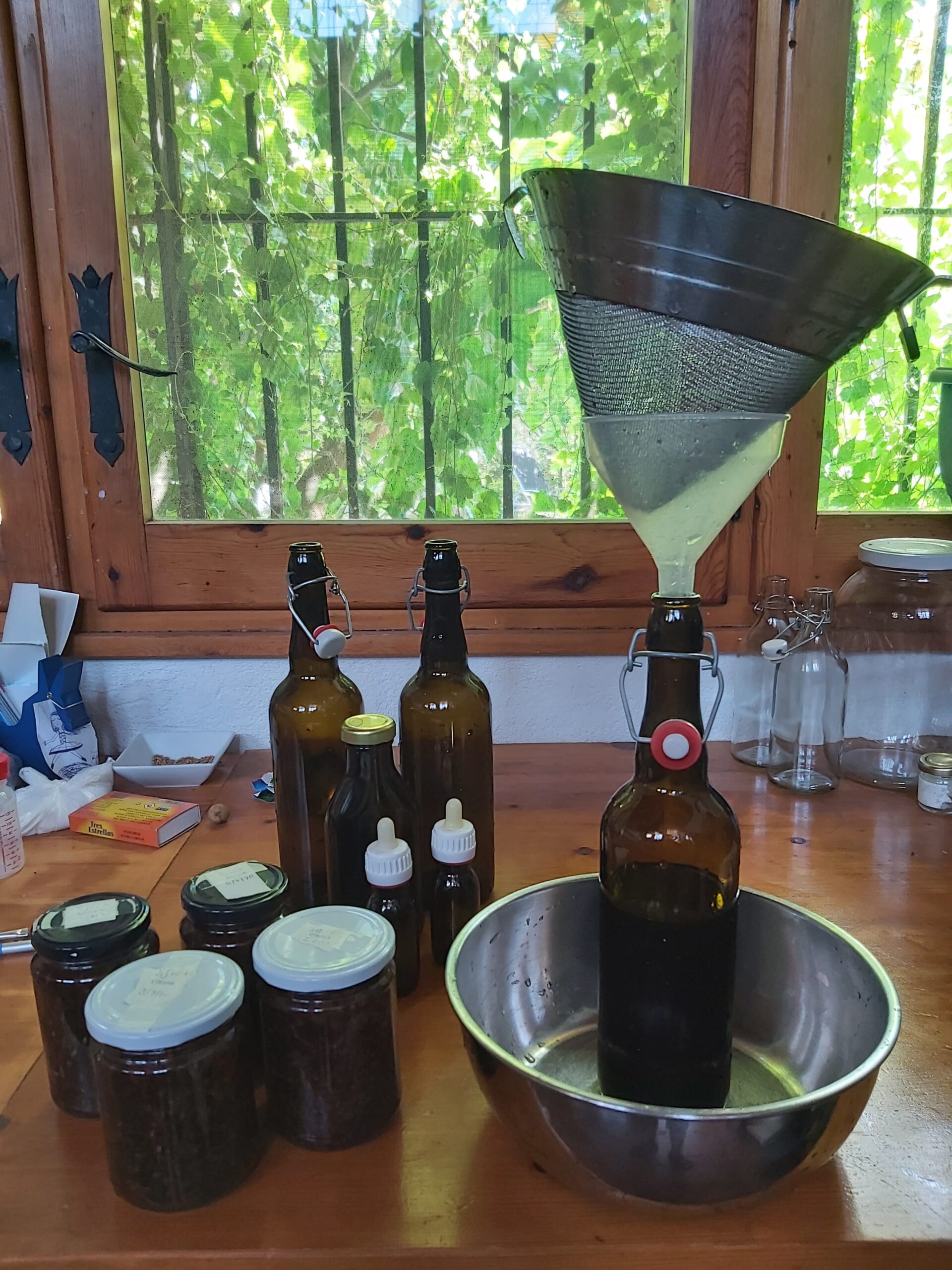
Don’t believe the 20th century myth that farms must look like the rolling agricultural fields around Girona – this is what farming looks like when it’s optimised for growing animal feed and harvesting it with tractors, not producing a rich diet for cyclists, harvested by your human hands.
Head to the internet for ideas on all the above, be careful, and visit La Bruguera de Púbol on social media for more ideas, or to tell us what DIY greatness you are achieving.
Related stories



